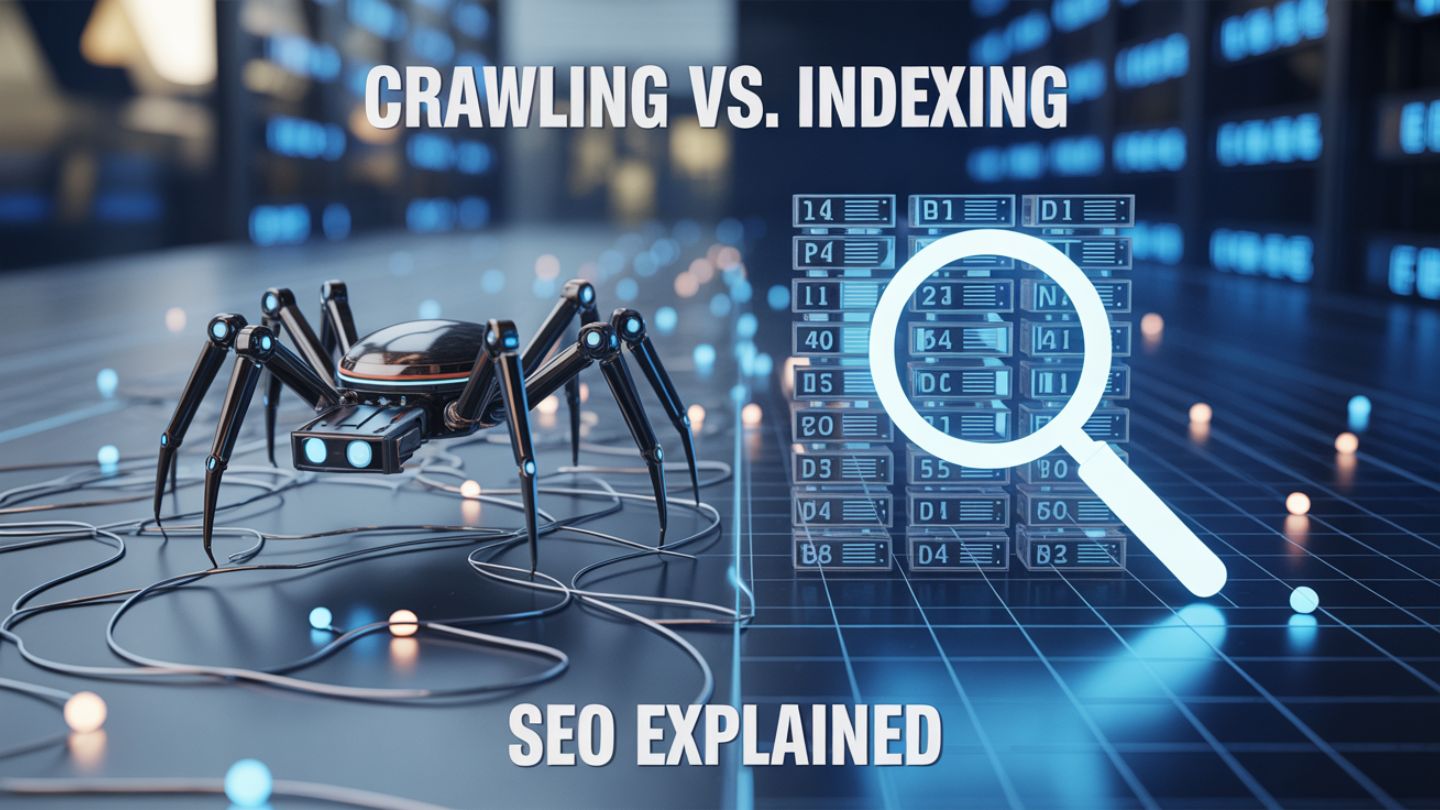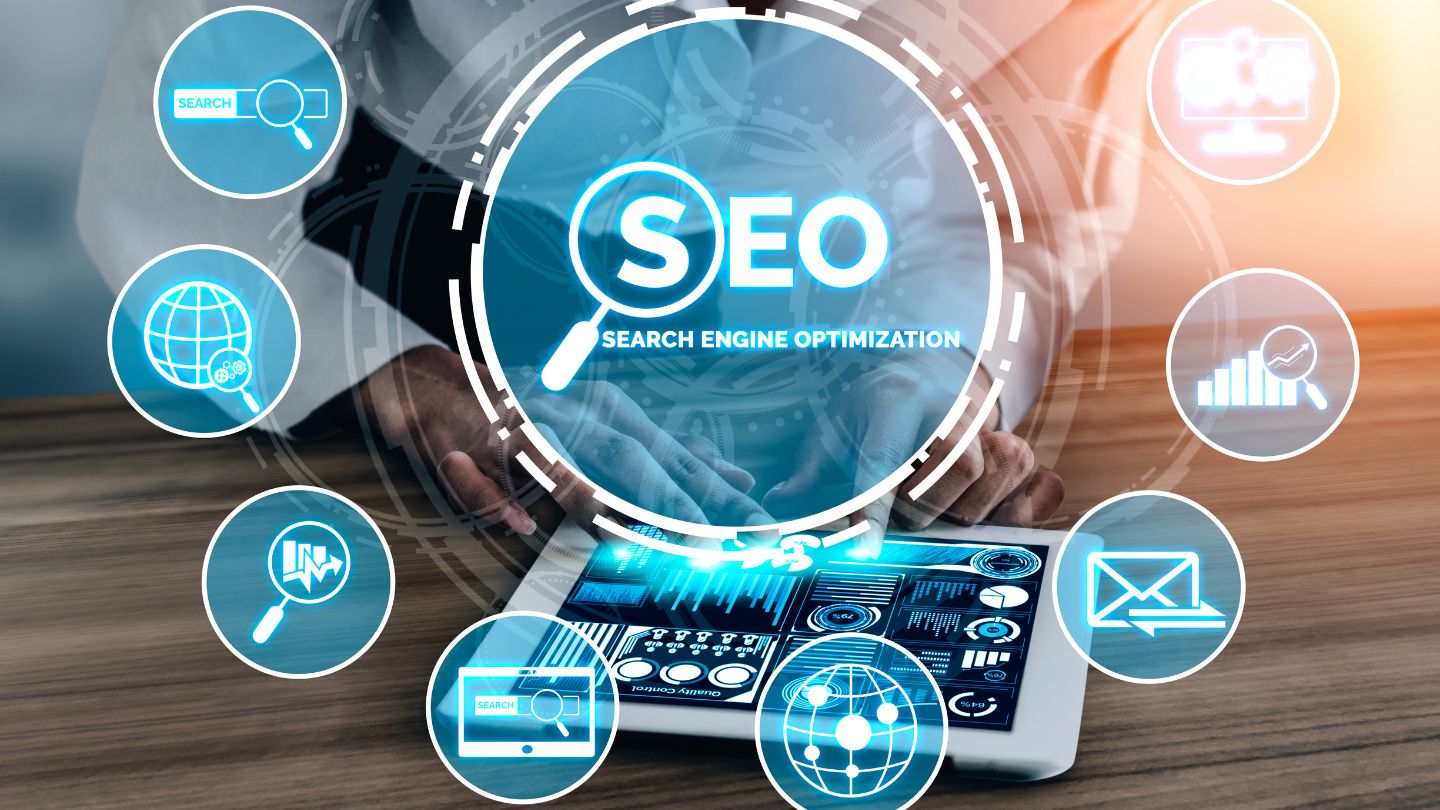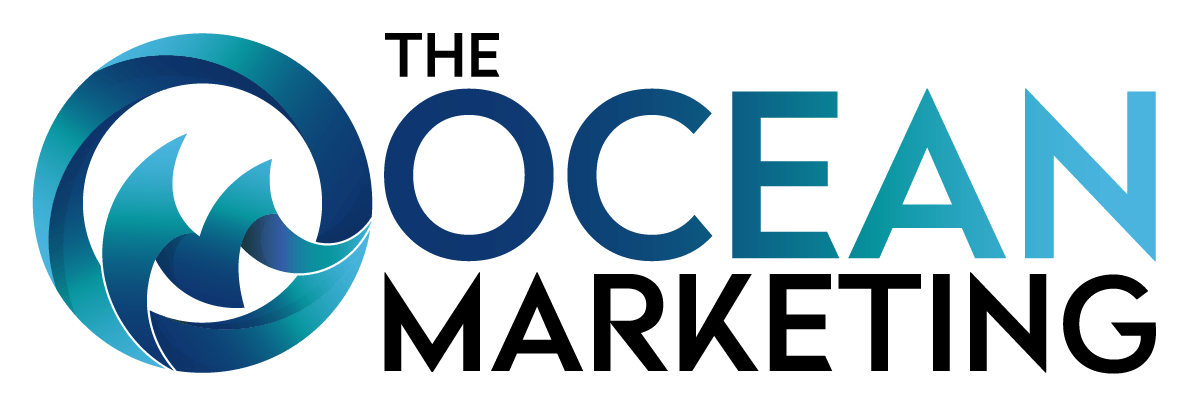
In the world of Search Engine Optimization (SEO), understanding how search engines process and rank web pages is fundamental. Two of the most critical stages in this process are crawling and indexing. While both are interconnected, they serve different purposes in determining whether your website appears in search results and how effectively it performs. This article explores the key differences between crawling and indexing, how they impact SEO, and what you can do to optimize both for better visibility.
What Is Crawling?
Crawling is the first step search engines take to discover and analyze web content. It involves automated bots — often called spiders or Googlebot in the case of Google — navigating through web pages to identify new or updated content. These bots follow internal and external links, scan page structures, and collect data for evaluation.
When Googlebot crawls a site, it looks at factors such as your sitemap, internal links, and page accessibility to determine what to scan next. For example, improving your crawl efficiency can be achieved by optimizing your website’s structure and ensuring that important pages are easy to access. To enhance crawl activity, Google confirms 3 ways to encourage Googlebot crawling, which provide valuable techniques to ensure your site is regularly crawled.
If your website is not being crawled effectively, search engines will not discover your latest content updates, leading to delayed or incomplete indexing.
How Search Engines Crawl Your Website
Search engines use advanced algorithms to determine which pages to crawl, how frequently to crawl them, and how deeply to explore a website. They rely on several signals, including:
- Sitemaps: XML sitemaps guide bots toward essential pages.
- Internal linking: Strong internal link structures help crawlers navigate through the site logically.
- txt file: This file instructs search engines on which pages to crawl or avoid.
- Page speed and accessibility: Faster and error-free pages are easier to crawl.
Conducting a technical SEO audit can help identify crawl-related issues, such as broken links or blocked resources, that may limit how much of your content search engines can reach.
What Is Indexing?
Once a search engine has crawled your site, the next step is indexing — the process of storing and organizing information gathered during crawling. Indexed pages are added to the search engine’s vast database, making them eligible to appear in search results when users enter related queries.
During indexing, search engines evaluate elements such as:
- Content quality and uniqueness
- Metadata (title tags and descriptions)
- Canonical URLs to avoid duplicate content issues
- Structured data and schema markup for better understanding of page context
Understanding the role of canonical URLs and their importance for SEO is crucial during this stage. Proper use of canonical tags ensures that only the preferred version of your content is indexed, preventing dilution of ranking signals across duplicate or similar pages.
Key Differences Between Crawling and Indexing

Although crawling and indexing are part of the same SEO ecosystem, they perform distinct roles. Here’s how they differ:
Aspect | Crawling | Indexing |
Purpose | Discovering content | Storing and organizing discovered content |
Performed by | Search engine bots (Googlebot, Bingbot, etc.) | Search engine algorithms |
Outcome | Identifies new or updated pages | Makes content eligible to appear in search results |
Optimization Focus | Site structure, internal linking, robots.txt, and crawl budget | Content quality, metadata, canonicalization, and schema |
Common Issues | Crawl errors, blocked pages, server errors | Duplicate content, thin content, poor meta tags |
Both processes must work together for optimal visibility. A page that is crawled but not indexed will never appear in search results. Likewise, unoptimized site architecture can prevent crawlers from even discovering the content to begin with.
How to Optimize for Crawling and Indexing
Effective SEO involves ensuring both crawling and indexing function seamlessly. Here are practical strategies to improve both:
- Optimize internal links to guide crawlers through important pages and distribute link equity evenly.
- Submit XML sitemaps in Google Search Console to help Googlebot discover your content faster.
- Monitor crawl stats to identify pages that are being skipped or taking too long to load.
- Use canonical tags to consolidate duplicate content and focus ranking power.
- Maintain high-quality, unique content to increase the likelihood of indexing.
- Perform regular SEO audits using free tools to fix crawl errors and indexing issues.
Why Crawling and Indexing Matter for SEO Success

Without proper crawling, your content remains invisible to search engines. Without indexing, it never reaches your audience. Together, these processes determine your site’s visibility, ranking potential, and overall online authority.
Your website’s ranking also depends on how well these technical foundations support the broader SEO framework. Factors like page experience, mobile optimization, and keyword relevance still play vital roles as these are the Google ranking factors that really matter. However, none of these elements will make a difference if search engines can’t access and store your content properly.
To maximize your results, partnering with an experienced agency that specializes in Search Engine Optimization ensures your site architecture, content, and technical elements all align with Google’s best practices.
Conclusion
Crawling and indexing form the backbone of every successful SEO campaign. By improving how search engines discover and catalog your web pages, you create a stronger foundation for visibility, traffic growth, and authority.
At The Ocean Marketing, our SEO experts focus on building sustainable strategies that ensure your content performs at its best in search results. Ready to strengthen your website’s performance? Contact us today to learn how we can help your business stand out online.

Marcus D began his digital marketing career in 2009, specializing in SEO and online visibility. He has helped over 3,000 websites boost traffic and rankings through SEO, web design, content, and PPC strategies. At The Ocean Marketing, he continues to use his expertise to drive measurable growth for businesses.

